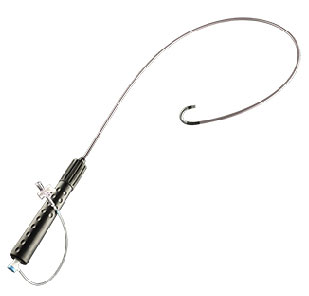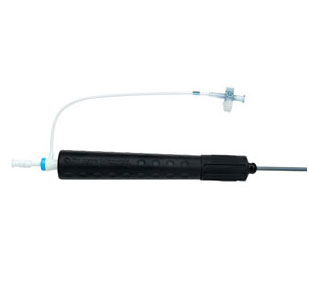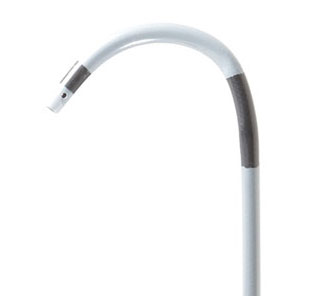About
Agilis NxT Steerable Introducer
The World’s Leading Steerable Introducer
Used in more than 1,000,000 procedures, the Agilis™ NxT steerable introducer provides outstanding agility and stability during catheter access and positioning.1
Reach Hard-to-Access Areas of the Heart
The Agilis NxT steerable introducer is designed to replace a fixed curve introducer. It helps you reach hard-to-access areas of the heart by providing a stable platform for improved catheter manipulation and contact. The steerable sheath tip can be adjusted to aid various anatomic approaches with just one introducer.2



Experience Greater Agility and Stability
The Agilis NxT steerable introducer combines a low profile with high-tech capabilities, giving you greater control during electrophysiology (EP) procedures.3
Indicated for introducing various cardiovascular catheters into the heart, the steerable sheath improves access to hard-to-reach sites (including the left side of the heart through the interatrial septum), eliminating the need to change out sheaths in order to reach the desired position.4
Key Features
- Multiple curve choices, including small (16.8 mm), medium (22.4 mm) and large (50.0 mm) curl options
- Low-profile outer diameter and a large 8.5 F inner lumen, to facilitate passage of a wide variety of catheters
- Dual-Reach™ bi-directional 180˚/90˚ deflection to allow asymmetric deflection for more mobility with less shaft torque
- Auto-lock capability to reduce curve movements during complex procedures5
- Braided shaft provides exceptional torqueability, pushability and kink resistance
- Radiopaque tip marker enhances fluoro visibility
- Ultimum™ hemostasis valve provides effective hemostasis, and seals down to a 0.014 inch guidewire
- Accommodates a 98 cm BRK™ transseptal needle and BRK-1™ transseptal needle
- Ergonomic handle provides user comfort
- Improved kink resistance for difficult or long procedures (G4083xx models)
This device is commercially available for use in select international markets.
References
- Abbott. Data on file. Document 90119641.
- Piorkowski, C., Eitel C., Rolf, S., Bode, K., Sommer, P., Gaspar, T., … Hindricks, G.(2011). Steerable versus non-steerable sheath technology in AF ablation: A prospective, randomized study. Circulation, 4(2), 157-65. https://dx.doi.org/10.1161/CIRCEP.110.957761
- Piorkowski, C., Kottkamp, H., Gerds-Li, J. H., Arya, A., Sommers, P., Dagres, N., Hindricks, G. (2008). Steerable sheath catheter navigation for ablation of atrial fibrillation: A case-control study. Pacing and Clinical Electrophysiology, 31(7), 863-873. https://dx.doi.org/10.1111/j.1540-8159.2008.01101.x
- Masuda, M., Fujita, M., Iida, O., Okamoto, S., Ishihara, T., Nanto, K., . . . Uematsu, M. (2016). Steerable versus non-steerable sheaths during pulmonary vein isolation: Impact of left atrial enlargement on the catheter–tissue contact force. Journal of Interventional Cardiac Electrophysiology, 47(1), 99-107. https://doi.org/10.1007/s10840-016-0135-4
- Abbott. Data on file. Report 90130988
MAT-2101186 v1.0
